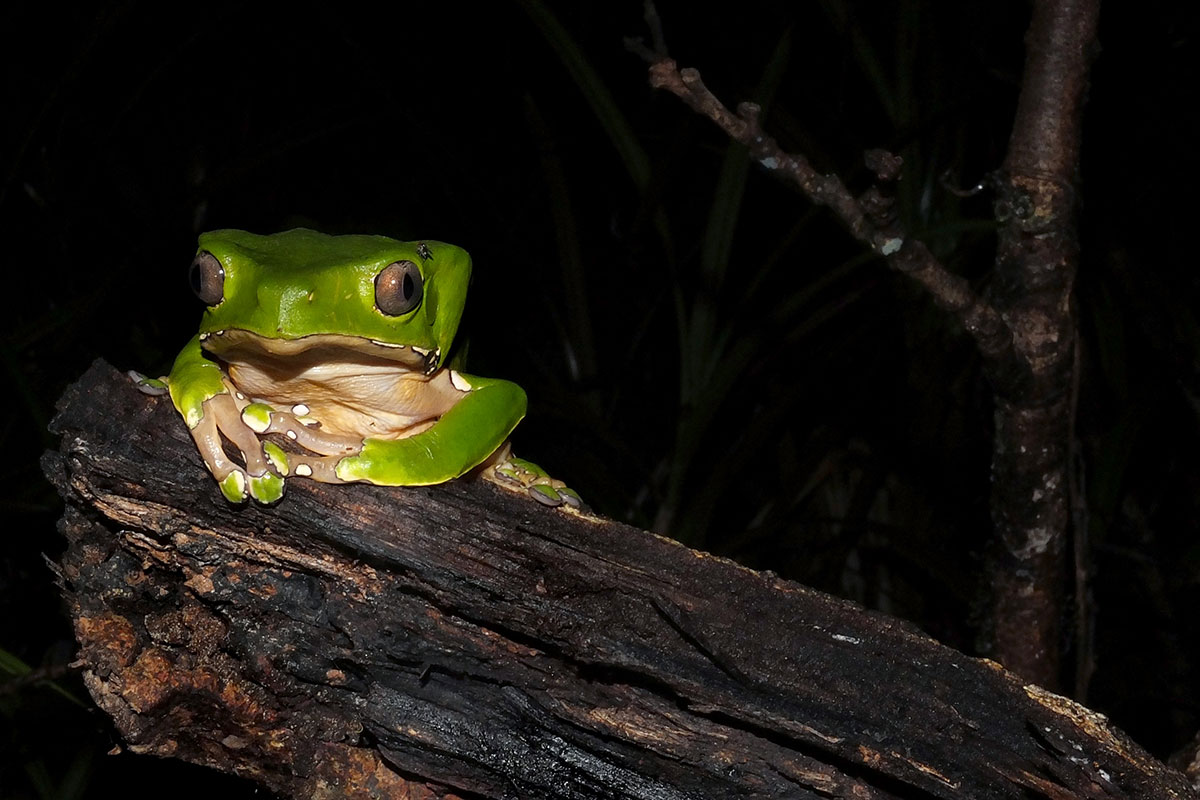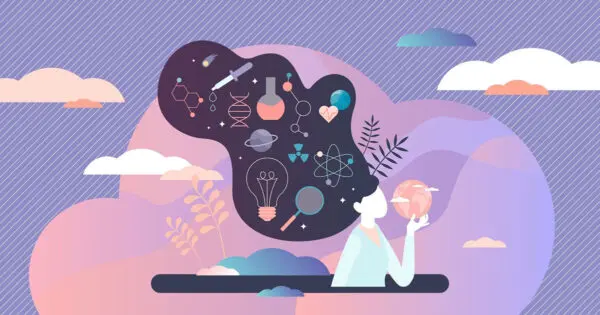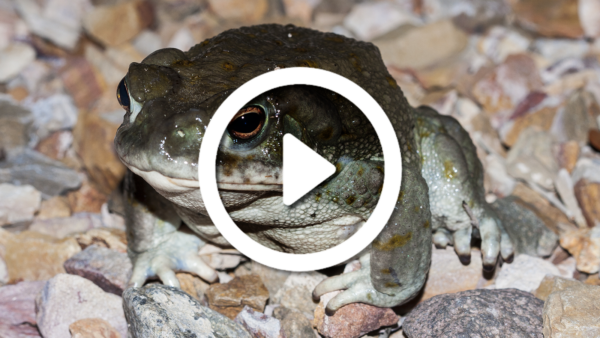Medical Editor: Dr. David Cox, PhD, ABPP
Kambo 101: An introduction
Kambo is a mildly psychoactive venom, but it is not a psychedelic drug. It is a toxin released by the giant leaf frog (also known as the giant monkey frog, Phyllomedusa bicolor. The frog is native to the Amazon rainforest and is used by Ashánika, Yaminawá, Matsés, and Katukina groups. It was first isolated chemically by Vittorio Erspamer, an Italian research chemist, in 1986.
The secretions are extracted directly from the giant green tree frog while it is tied down and poked with sticks until its defense mechanisms are triggered. The secretions are then collected, and the animal is returned to the wild.
In a kambo ceremony, the secretions are applied directly to fresh burn wounds. The toxins enter the body and induce a range of effects, including vomiting, defecation, and delirium. Several indigenous peoples of the Amazon basin use kambo as medicine, reporting it a way to treat fever and improve hunting ability. Kambo has been lethal in some cases.
Is Kambo Legal?
At the time of this writing, kambo is unregulated in every country — except Brazil, where advertising restrictions are in place.
The Pharmacology of Kambo
Unlike many naturally-occurring psychoactives, kambo can enter the bloodstream rapidly and without any additional preparations.
The giant leaf frog is native to the rainforests of Brazil, Bolivia, Colombia, Peru, and Venezuela. This frog’s secretions contain many chains of amino acids, or peptides, including phyllocaerulein, phyllokinin, adenoregulin, and sauvagine.
Phyllocaerulein offers some analgesic effects, decreasing pain while causing gastric upset. Phyllomedusin similarly impacts the stomach and gastric system, catalyzing nausea, vomiting, and defecation.
Phillokinin and sauvigine both impact the cardiovascular system by decreasing blood pressure and increasing heart rate. Sauvagine further affects the endocrine system by raising levels of hormones that mimic the physiology of stress.
Kambo contains many peptides. One of these, dermaseptin, has demonstrated antibacterial, antimicrobial, and anti-tumor properties. While no human clinical trials have been conducted, the laboratory evidence around dermaseptin in similar species suggests that kambo might offer powerful medicinal benefits.
What Are the Risks of Using Kambo?
It is important to remember that kambo is not a psychedelic but a mildly psychoactive venom with understudied potentials for toxicity in humans. It leads to drops in blood pressure and increased heart rate, and any person with health conditions that require heart medications is at greater risk for complications.
Kambo is not considered a safe substance without medical evaluation of pre-existing conditions. The toxins present are incredibly potent, and improper usage can result in death, organ failure, or a painful abortion. Finding an experienced and trustworthy practitioner or facilitator will help guarantee a safe experience.
Kambo also has systematic impacts on the body, including the kidneys, liver, pancreas, and stomach. Medications addressing health conditions related to these organs may also increase the risk of complications. However, there is currently no clinical research investigating the health risks and dosage of kambo.
The most well-known risks of kambo are related to the extremely rapid increase in heart rate. Any complications from pre-existing heart conditions, whether known or unknown, could result in death. Those taking medications for heart disease or blood pressure are at higher risk of complications when using kambo.
The intense purge periods can also present complications, with one report of esophageal rupture in a single patient that required emergency surgery. Excessive purging might also contribute to a potentially fatal condition called hyponatremia if salt and fluid levels are not adequately balanced. Supporting the body with electrolytes, rather than only water, can help keep sodium levels balanced. In the Amazon, a fermented drink made of mandioc (yucca), called caiçuma, is often used instead of water.
Some providers might list contraindications for kambo as people with severe epilepsy, Addison’s disease, and those taking immune-suppressing medications. Those living with PTSD or other anxiety disorders may experience flashbacks of trauma during the experience, and it is unknown what effect antidepressants or anti-anxiety drugs may have.
Because of the high-risk potential for toxicity, it is ill-advised to use kambo regularly. Above all, work with a trusted facilitator and communicate clearly all of your health conditions and mental health history before partaking.
A well-trained kambo practitioner will require a medical intake that screens for a range of conditions and will be prepared with medical intervention equipment.
What Does a Standard Dose of Kambo Look Like?
A kambo dose is difficult to quantify because the administration is inconsistent and understudied.
Venom is scraped off the back of the giant tree frog, reconstituted with water or saliva, and applied directly to the small concentric burns made upon the skin. Once these active peptides enter the body’s bloodstream, they begin to impact the mind, heart, liver, kidneys, and pancreas.
A dose usually ranges from 1-3 dots. The peak can last for 10 minutes to several hours. Higher doses would include anything more than four dots, with five dots known to lead to loss of consciousness.
Interestingly, a kambo journey can be adjusted after it’s begun. Washing the Phyllomedusa bicolor venom off of the burns will help halt the effects. The toxin is usually left on the skin for 10-20 minutes. As the body metabolizes the toxin, some people report experiencing a sense of euphoria and well-being during the comedown.
The History of Kambo
Kambo derives its name from a traditional shaman, Kampu, who is said to have searched the jungle for a medicine to help treat an illness spreading throughout his tribe, the Huni Kuin of Brazil and Peru. The elder returned to his people with the venom of the tree frog.
Since then, kambo has been a medicine used to enhance immune response and hunting skills and strengthen the body by removing negative energies referred to as panema. For centuries, indigenous peoples in South America have stewarded this medicine, using ritual and ceremony to enhance the effects. It is also used in shamanic practices, such as divination.
Kambo first arrived in the Western psyche during the 1920s when a missionary traveling among the Kaxinawá recorded its use. After the molecular profiles were investigated during the 1980s, it became more prevalent among people who frequented entheogenic medicine circles. Journalist and amateur anthropologist Peter Gorman first brought kambo to the United States in the early 1990s.
In 2004 the Katukina people sought support from the Brazilian government to protect this traditional medicine from exploitation and biopiracy. In an effort to dissuade outsiders from accessing this culturally held medicine, advertising the benefits of kambo is outlawed in Brazil.
Is using kambo ethical?
There are unique ethical concerns around the use of kambo, especially by those outside of the cultures where its medicinal use originated.
First of all, kambo is harvested by handling the Phyllomedusa bicolor, manipulating the animal to secrete the medicinal toxins that serve as its defense mechanism.
While the frog is not an endangered species, handling and relocating them after harvesting kambo could disrupt their life cycles. Raising these frogs in captivity is not practical, as they do not produce the same toxins outside of their natural habitat.
Unless one is present when kambo is harvested, there is no way to know that the animal is treated ethically during this process. Kambo can be purchased online, but ethical harvesting cannot be guaranteed without any regulatory oversight or direct connection with providers.
The impact of kambo tourism on the indigenous tribes of the Amazon is another ethical consideration. The government of Brazil dissuades non-indigenous people from traveling to participate in kambo. If people choose to travel to participate in the kambo ceremony, it is recommended to identify ways of supporting the communities that hold, and own, this lineage of healing.
Outside of Brazil, a consumer market is emerging under the premise of a kambo cleanse or kambo detox therapy. Through these frameworks, kambo is increasingly claimed to be an alternative health remedy. While Westerners may be experienced in kambo, they are not traditionally trained in kambo.
For the indigenous communities that hold the lineage of this medicine, this kambo detox business tactic is evidence of biopiracy, appropriation, and is a co-opting of traditional technologies. Learning how to work with kambo traditionally requires several years of training and guidance. Bypassing this initiatory process and establishing commercial businesses around an illegitimate kambo cleanse is considered unethical and extractive by the indigenous keepers of kambo.
Healing Potential of Kambo
Though some Amazonian tribes have used kambo in healing ceremonies for centuries, we have no clinical trials investigating the long-term health benefits of kambo in the human body. We do know that many of the organic compounds found in kambo have antibiotic and antiparasitic properties.
Anecdotal evidence about kambo’s benefits includes impacts on chronic health conditions and autoimmune diseases like rheumatoid arthritis, Hashimoto’s, and hepatitis. But if one is in poor health and already immunocompromised, then the use of kambo could prove harmful. Adverse anecdotal evidence should also be considered.
Kambo is not a classic psychedelic. It does not operate in the same way as mushrooms or ayahuasca, plant medicines known to induce the mystical-type experiences that nurture spiritual growth and mental health.
Until the mechanisms and impacts of kambo are better understood, those with pre-existing health conditions of the heart, liver, and mental health might be putting themselves at significant risk in an attempt to experience minimal healing gains.
What to Expect from a Kambo Trip
Kambo, not being a classic psychedelic, does not take its users on a trip in the same way a psychedelic does.
If engaging in a kambo ceremony, it is more likely that the facilitator will use prepared kambo sticks than fresh toxins from the giant tree frog. The medicine provider will walk through the jungle after the morning rain and call out to attract the frogs and pinpoint their location. After handling the frog to release its venom, the facilitator will use a stick to scrape off the white secretions. The frog should not be poked but stroked more gently along the side of the body to encourage it to release venom.
Using a different burning stick, the facilitator will administer a series of dots on the participant’s skin, typically 1-3 for a light to moderate dose. After applying the dots with the burning stick, the facilitator might remove the damaged tissue with their fingers to expose the wound before applying the kambo directly to the burns.
The onset will begin within moments or minutes. People report initial feelings of nausea and dissociation followed by increased heart rate and body temperature. Eventually, the body will purge by vomiting or defecating.
After this purgative period, once the stomach contents are empty and bile is evident, the experience continues with more feelings of disassociation, painful nausea, loss of coordination, and blurred vision. The trip can be shortened by washing the venom off of the burns.
As the body metabolizes the toxins, some people sometimes report entering a dream-like state. Others experience a dry throat and mouth and numbing sensations in the tongue and lips, and swelling in the face.
Typically the kambo experience lasts for about an hour. During the comedown, participants report a range of feelings, from being tired to feeling energized.
Preparing for Kambo Treatment
Preparing for a kambo experience will depend upon where it takes place: either in a traditional ceremony at a retreat or outside of a traditional retreat. In either case, all health risks must be identified and managed accordingly because kambo is overwhelming and incapacitating — and potentially lethal.
While kambo is not a classic psychedelic, there is no reason not to treat the experience with the same attention to intention. Engaging in mindfulness practices like journaling, meditation, or breathwork can help prepare the mind to navigate the intense experience more calmly and positively.
Likewise, preparing for the inevitable purge by drinking a lot of water before the experience can be helpful during the experience — but do recall that drinking excessive water during the experience can be dangerous because it may contribute to electrolyte imbalances.
As with any mind-altering substance, surrounding oneself with supportive people while the experience is taking place can improve the outcome. And in the case of kambo, it could be life-saving.
Choosing a Kambo Retreat
When choosing a kambo retreat, there are several factors to consider. Not all retreats are reputable, and it might seem simple enough to ask a friend for advice. However, people should take it upon themselves to search online for any reports and reviews about the retreat before committing.
The primary red flag to pay attention to: If a retreat center does not ask about medical history or current medications, consider an alternative.
Kambo tourism has led to the development of luxury retreat centers that cater to Westerners and non-locals. As a result, there are more options than ever. Here are a few things to consider when making a decision.
Depending on where the retreat is located, travel may include a flight, a train, a bus, and a car or boat ride into a remote area. Other retreat centers may be easier to access and require less travel investment. The length of stay will vary, and some people prefer to take additional time after the kambo experience to better support integration work.
Experienced kambo facilitators and on-hand medical staff are expensive, and rightly so. People with known health conditions may want to be certain that a retreat is staffed with those who are properly trained to care for them.
Some retreat centers will require a medical evaluation upon arrival, and a pre-screening at home might reveal that a kambo experience is unsafe. Knowing this before stepping on a plane would be preferable to arriving at a retreat and having to cancel. Having medical travel insurance may also cut down on any costs associated with potentially life-threatening complications; it is worth checking that your insurance would cover you out of the county and while attending such a retreat.
When considering costs, do not deprioritize safety to save money. Recalling that kambo can reveal unknown heart conditions, all participants would benefit from working with a well-experienced professional, whether indigenous or Western. All retreat centers should have a well-rehearsed medical emergency plan in place.
Secondly, consider the retreat center’s approach to kambo ceremony and therapy and how this aligns with your own worldviews and spiritual practices.
Some kambo retreats offer outside ceremonial spaces; others offer space indoors. Some work with participants privately alongside a small support team; others may engage in group activities that allow participants to connect with one another. Some require a strict diet leading up to the ceremony; others are less controlled.
The most important thing is to ask questions — and lots of them. Not only of the retreat center itself but also of those who have personal experience. Social media sites host kambo discussion groups that share pertinent information about retreat centers. Simple internet searches can reveal the stories that don’t make it into the brochures, such as death or fraud.
Taking Kambo Outside of a Retreat
The same risks apply here as they would at a retreat, and any good facilitator will ask for a medical history and possibly a complete medical evaluation.
If taking kambo outside of a retreat, prepare a comfortable and familiar space and ensure that water, food, and bathrooms are available. Have an emergency plan in place, and practice running through it with the sitter or facilitator who will be present during the kambo experience.
A final thought: kambo can be risky for those with pre-existing health conditions. It should never be used without properly trained providers present. While the venom excreted from the frog has been studied in laboratories, we do not currently have substantial research on the impacts and therapeutic potential of kambo in the human body. The active compounds in kambo have been shown to have therapeutic potential, but not in human trials. Before engaging in a kambo ceremony, Westerners should engage in a conversation on health risk — and the ethical consideration of a kambo cleanse.







